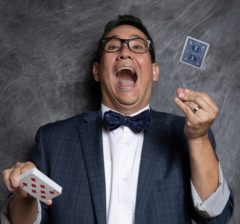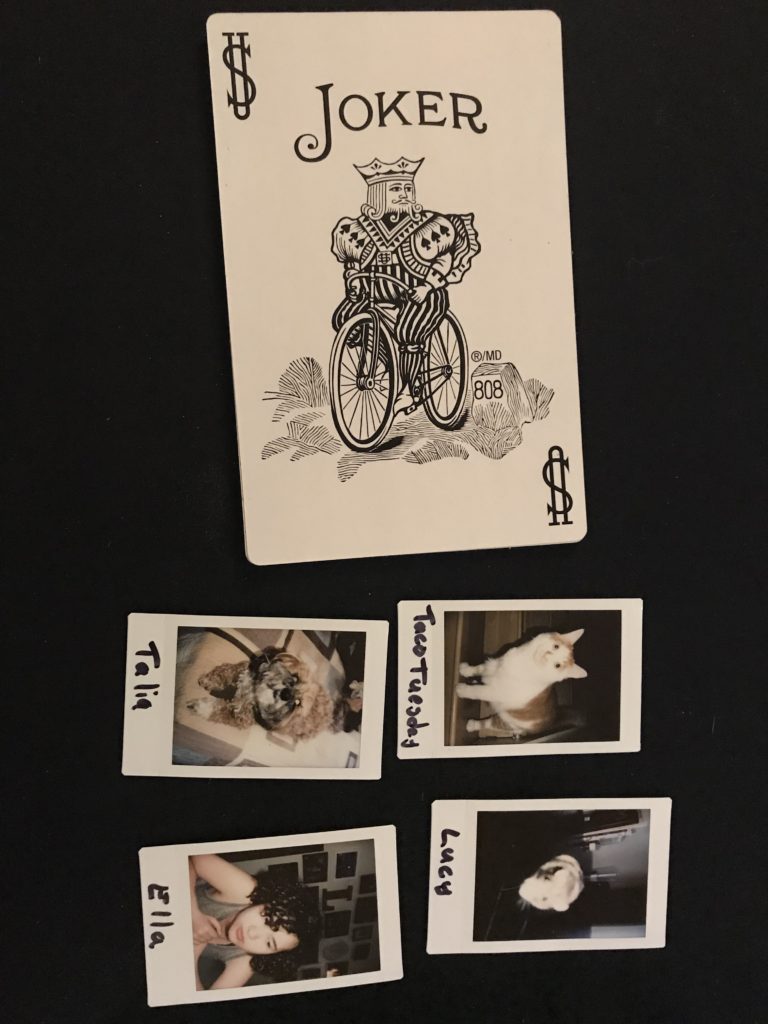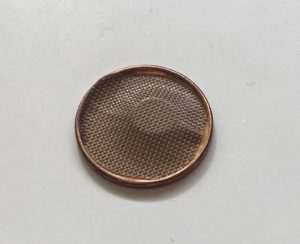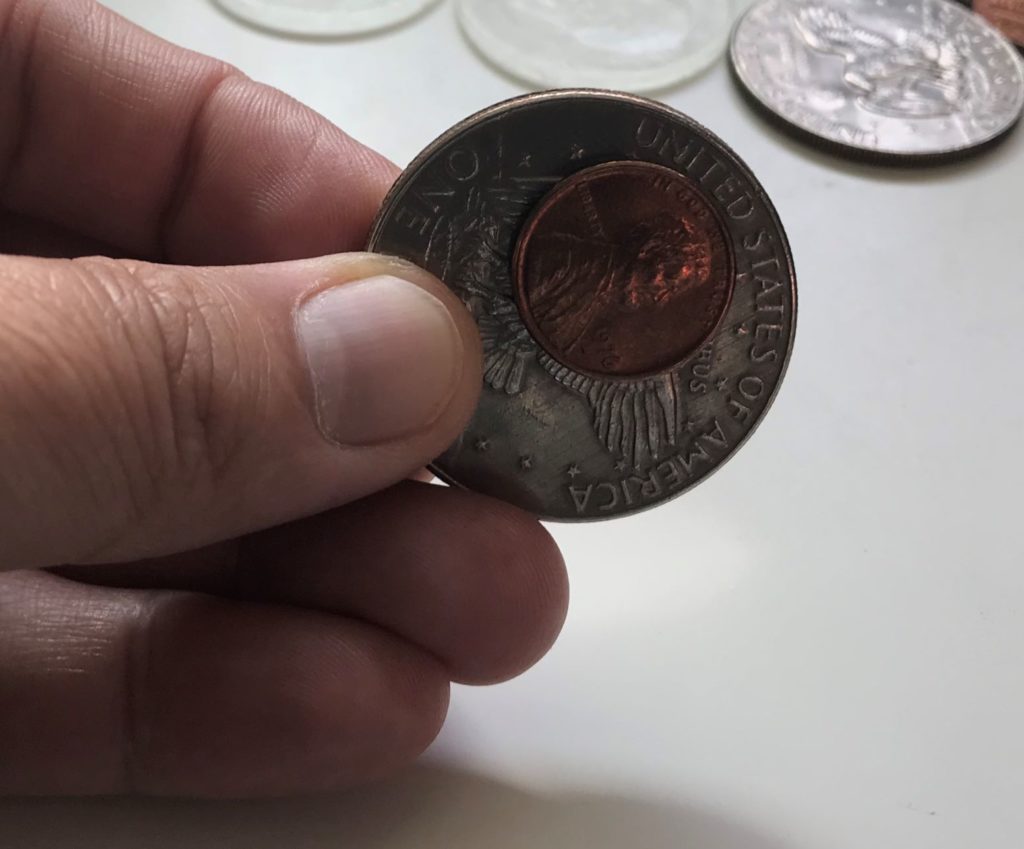In yesterday’s blog post I wrote about a four ace production that I saw on social media and why it wasn’t good. This morning I’m going into my social media and found a four ace production from about a year ago. If I remember correctly this is from Principia by Harapan Ong.
Here’s why the is a better trick that the one that I shared yesterday:
- I’m talking, it fills the dead space a bit better
- No procedural shuffling
- You get an ace production right away
- The final ace production is magical and puts an punctuation on the trick
Is the ace trick that I did the best? No, however it’s way better than the one that I shared yesterday. Think about what you’re sharing before you put it out there.



